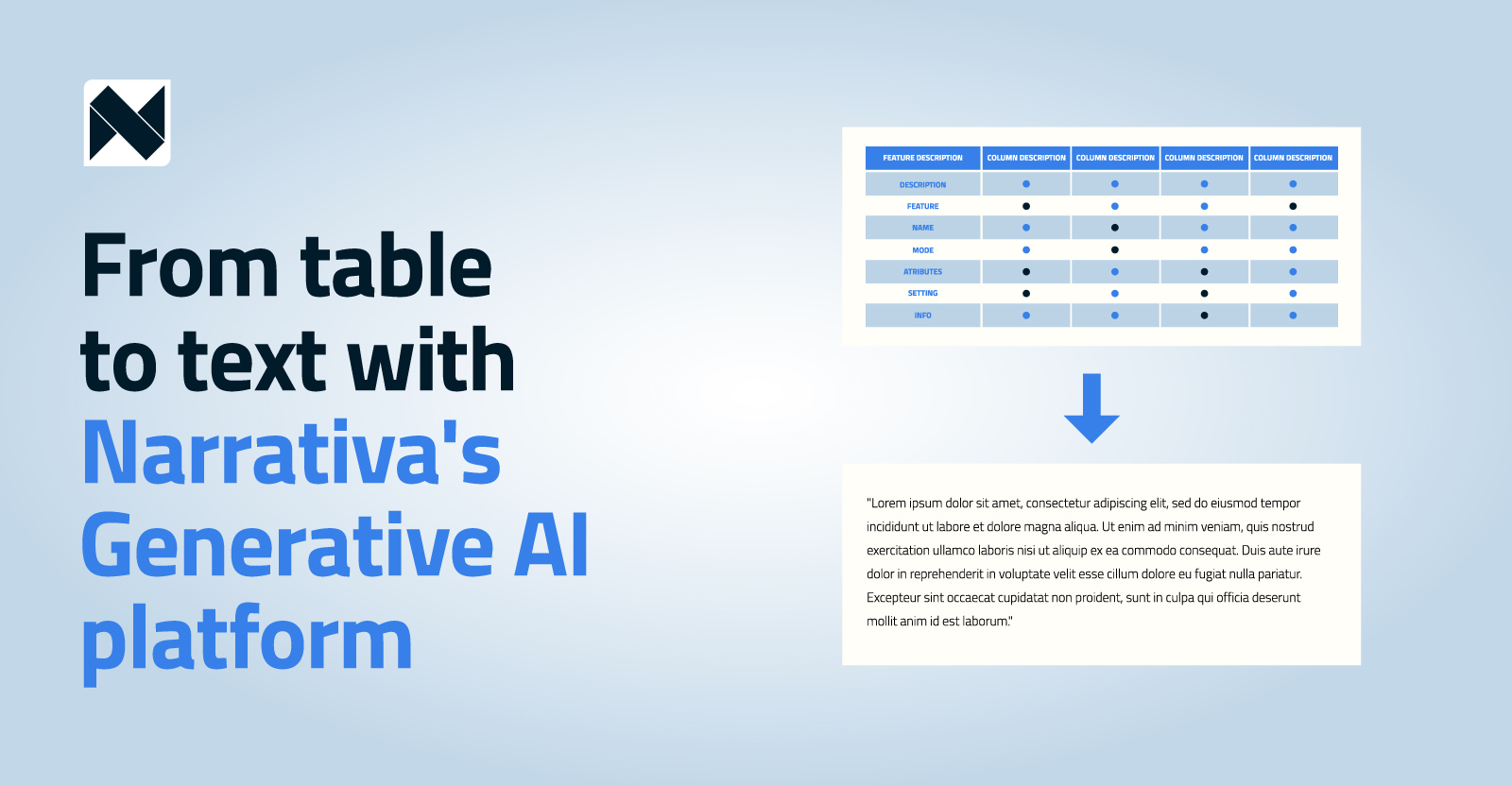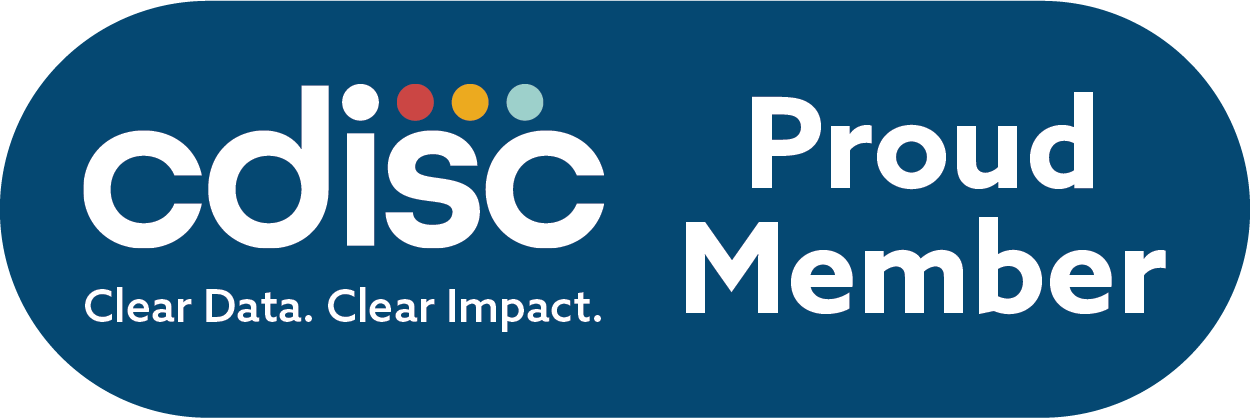April 7, 2023
How Narrativa Overcomes Bottleneck Processes Associated with TLFs

By Ehab Naim
Tables, Listings, and Figures (TLFs) are ways to present data from a clinical study in an easily readable format that could be utilized to derive conclusions. They are created from the study data tabulation model (SDTM) or the analysis data model (ADaM) datasets and are standardized methods that are used to collect data from different subjects. Narrativa’s solution uses the ADaM dataset to create the TLFs. This is how Narrativa overcomes bottleneck processes associated with TLFs.
TLFs are used by medical writers when authoring clinical study reports (CSRs). Creating and validating TLFs is a time-consuming task and requires frequent interaction between stakeholders, including biostatisticians, statistical programmers, and medical writers.
TLFs and bottleneck processes
There are several bottleneck processes at different stages that cause delays in creating TLFs. For example, creating TLFs requires validating the output by two different statistical programmers. As reassuring as it sounds to have two people validate one output, it is actually a cause for concern. This is because, statistically speaking, they may end up making the same mistake and further delay output creation.
Other bottleneck processes arise from frequent quality checks needed to verify the data included in TLFs. This could mean requests from medical writers to change certain information or how they are presented. The outcome is further delays in CSR submission, as validation and quality checks must be done again. Eventually, this translates into significant delays in creating CSRs and presenting them to health authorities.

How Narrativa Overcomes Bottleneck Processes Associated with TLFs
Narrativa’s TLF solution
We have worked with many partners to perfect our TLF solution so that it does not require programming input or experience from the user to produce them. We also take it a step further; Narrativa uses a suite of artificial intelligence (AI) technologies like natural language processing (NLP) and natural language generation (NLG) to produce patient narratives and much more from these TLFs. This means that Narrativa’s proprietary AI does not only understand these inputs but is also capable of interpreting their meaning.
Once you access the platform, you will be given multiple options to create TLFs according to your preferences. All you need is to select the inputs you would like to have in the outcome. Also, you can choose the output in several available formats, like rich text format (RTF) or a Microsoft Office Word file.
Once the ADaM datasets are loaded into the system, Narrativa’s platform seamlessly and automatically transforms them to TLFs using R and Python programming. Our solution supports multiple statistical models such as linear mixed models, mixed models for repeated measures (MMRM), and survival analysis, among others. One thing to note is that the outcomes produced by our platform have been tested and proven to be similar to those obtained from SAS.
Narrativa’s solution reduces the time, effort, and number of team members involved in creating TLFs. This is because quality checks are done differently with AI, and medical writers can modify the table inputs on the spot when they detect a problem or want to view additional points.
Narrativa’s novel approach to quality assurance (QA) and quality control (QC) involves comparing the outcomes produced by a statistical programmer with those produced by our platform. Our system then compares both outputs to ensure their consistency. If both outcomes are similar, the next step is to create all TLFs on our platform with a few clicks. If not, then inconsistencies are flagged, and once corrected, the TLFs are created effortlessly. This creates a more robust QA and QC processes since errors are highlighted and eliminates the chances of making mistakes.
Book a demo to find out more!
About Narrativa
Narrativa is an internationally recognized content services company that uses its proprietary artificial intelligence and machine learning platforms to build and deploy digital content solutions for enterprises. Its technology suite, consisting of data extraction, data analysis, natural language processing (NLP) and natural language generation (NLG) tools, all seamlessly work together to power a lineup of smart content creation, automated business intelligence reporting and process optimization products for a variety of industries.
Contact us to learn more about our solutions!
Share







